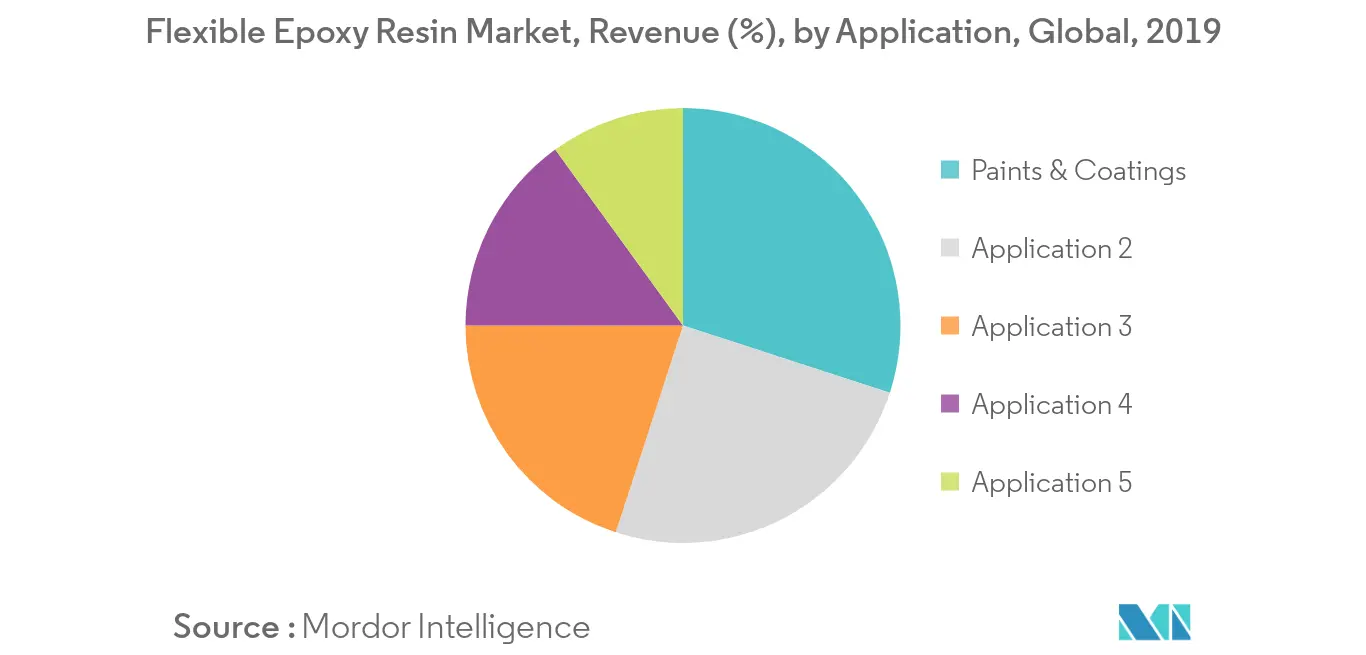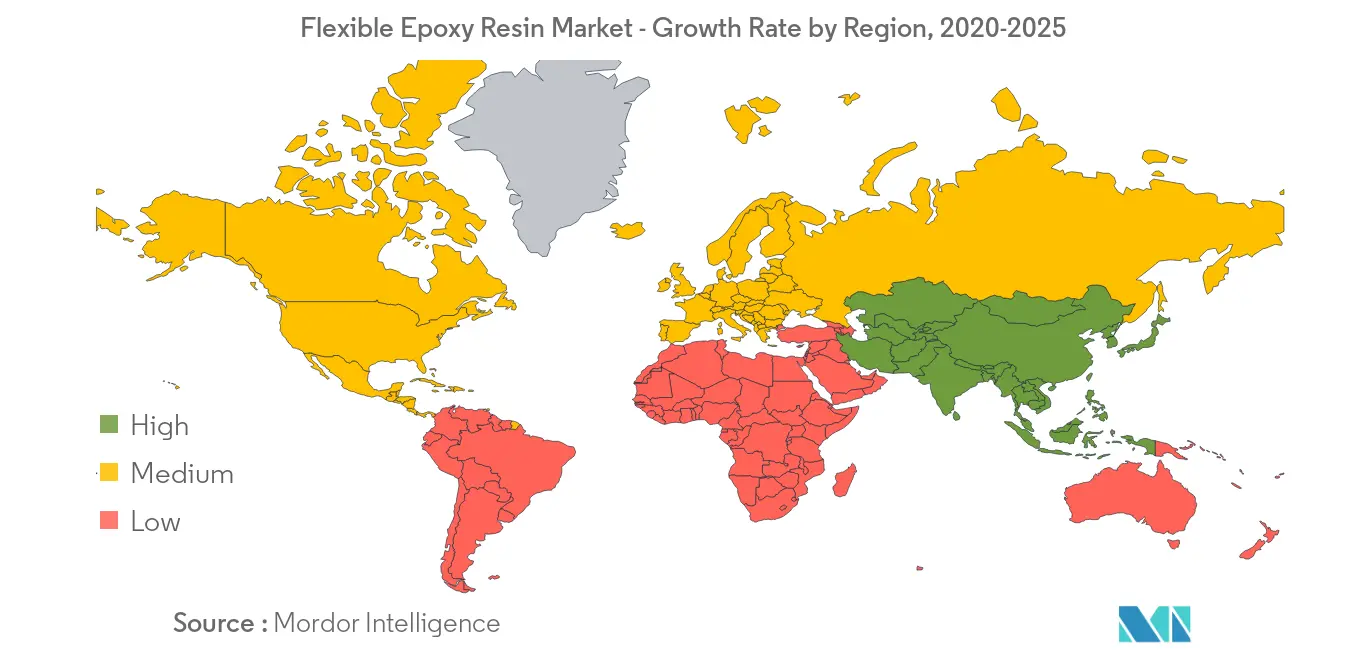Market Trends of Flexible Epoxy Resin Industry
This section covers the major market trends shaping the Flexible Epoxy Resin Market according to our research experts:
Increasing Demand from Paints & Coatings Application
- Flexible epoxy resin, owing to its properties such as toughness, high strength and elongation rate, high bonding properties, fast curing, high-temperature durability, and moisture-resistant reliability among others, are used in the production of paints & coatings, which are employed in the building and construction industry.
- The consumption of paints & coatings is increasing, with the increase in investments in the construction sector all over the world.
- According to a study by the Institution of Civil Engineers (ICE), the global construction industry is expected to reach a value of USD 8 trillion by 2030, primarily driven by countries such as China, India, and the United States.
- Apart from these, governments of many countries are taking initiatives to increase construction investments in recent times. According to the United Nations, by 2050, two-thirds of the world's population is expected to live in urban areas, and Asia is likely to be the fastest-growing region. In 2050, Asia is expected to witness urban growth by around 64%.
- Many countries in the Asia-Pacific region, such as Singapore, Myanmar, Thailand, South Korea, Hong Kong, and India, are emerging as the fastest countries, where the largest number of smart cities are present.
- Hence, the construction sector is witnessing strong growth, the demand for paints & coatings in expected to increase, which is further driving the demand for flexible epoxy resins in coming years.

Asia-Pacific Region to Dominate the Market
- Asia-Pacific region is expected to dominate the global flexible epoxy resin market and is also forecasted to be the fastest-growing market over the forecast period.
- The Asia-Pacific construction sector is the largest in the world and is increasing at a healthy rate, owing to the rising population, increase in middle-class income and urbanization.
- Additionally, increasing infrastructure construction activity is one of the major drivers for the Asia-Pacific construction sector.
- According to the Asian Development Bank, the region needs USD 1.7 trillion per year of infrastructural investment by 2030, to keep pace with its economic growth.
- Additionally, the electronics industry in the region has also been increasing due to the growing demand from consumers across the world. China represents the world's largest electronics production base and offers a tough competition to existing upstream producers, like South Korea, Singapore, and Taiwan.
- Japan has one of the major electrical and electronic industry in the world and is a main competitor to the United States, in terms of semiconductor manufacturing, and is home to Sony and Toshiba, which are global leading companies in the electronics industry.
- Therefore, the demand for flexible epoxy resins from various applications is expected to grow in Asia-Pacific region during the forecast period.


